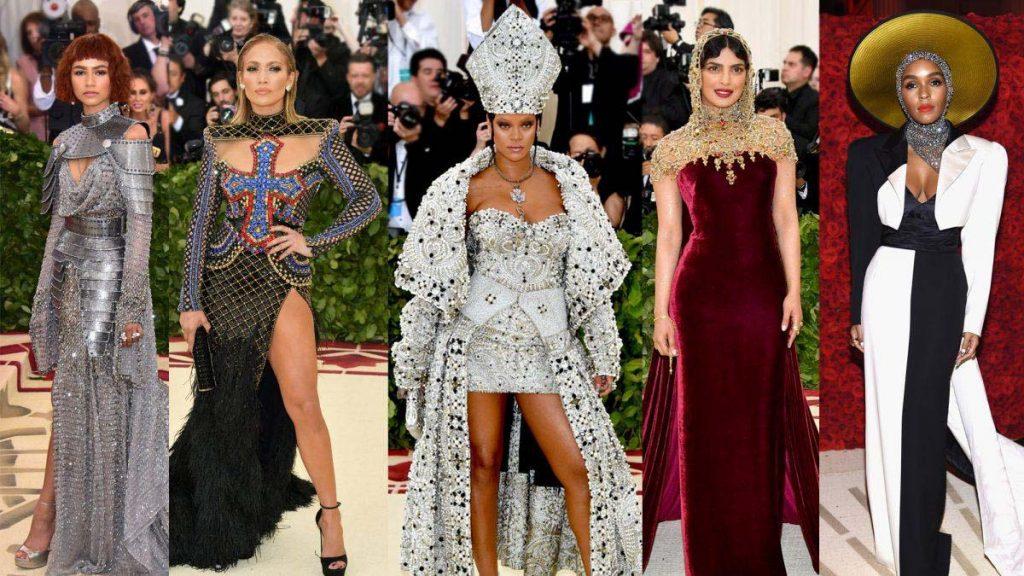On May 7, the Costume Institute of the Metropolitan Museum of Art hosted a gala, inviting guests to dress themselves in accordance to the year’s theme. The 2018 theme that instigated a debate about the nature and effects of cultural appropriation was “Heavenly Bodies: Fashion and the Catholic Imagination,” which controversially called for celebrities and fashion paragons to dress in a bishop’s miter, an angel’s wings, or Jesus’s robe. When Ariana Grande, Rihanna, and Nicki Minaj – to name a few – did just that, social media erupted with accusations regarding the “good taste” of their outfits.
This is not the first time this year the public has attacked individuals with allegations of so-called cultural appropriation. On April 23, 18-year-old Twitter user Keziah posted a photo of herself with her boyfriend at prom; despite having no Chinese origins, she wore a qipao, a traditional dress that women wear on special occasions, such as Chinese New Year. From this incident, the phrase “My culture is NOT your [expletive] prom dress” became both a meme on social media and a subject of extreme debate, even being unjustiably applied to the incident at the 2018 Met Gala.
What is hardly acknowledged are the steps the chairs of the gala took to preempt the issue of cultural appropriation. The co-chairs even traveled to Rome to meet with Cardinal Gianfranco Ravasi, the president of the Ponti cal Council for Culture, to receive the Vat- ican’s blessing. Catholic leadership approved of the theme and was so content with the arrangement that it donated close to 40 artifacts and sent Catholic priests as honored guests to the gala.
The concept of cultural approprition implies that a dominant majority is exploiting a minority. Marginalized groups cannot take advantage of the culture of the dominant group, for the Catholic denomination mainly comprises of white men. In fact, what gives cultural appropriation its very sting is the social and commercial exploitation of an already disenfranchised cohort of individuals. Given the overwhelmingly white and male leadership, it is antithetical to denounce the hundreds of guests at the gala for adhering to the said theme – one that was approved and sponsored by the alleged “victims” of this cultural appropriation. The nature of this gala was in no manner humorous or frivolous; it was respectful and solemn, as if to give credit to this venerable cause.
While it is undeniable that some advocates of this social trend can formulate valid and sound arguments, the vast majority of individuals conform to the need to criticize others for the sake of victims who may not desire such protection in the first place. In the case of cultural appropriation, it fundamentally overlooks the process by which cultures form and develop – through creolization. To appropriate a famous line by John Donne, “no culture is an island entirely of itself.”

